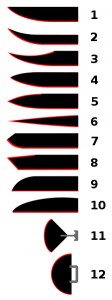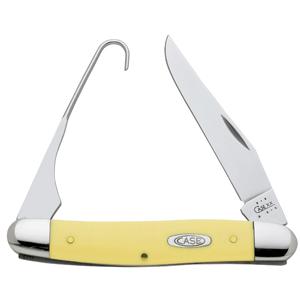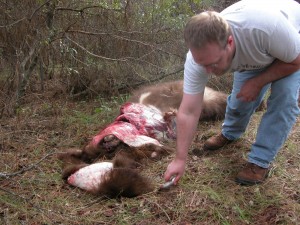Outdoors enthusiasts, campers, prospectors and adventurers need the best equipment to explore the natural environment, but the cost of this equipment can sometimes be staggering. Even family-targeted camping equipment comes at a cost and when the expense of buying your outdoor equipment goes up the temptation to sacrifice quality can be hard to resist. But what if there was a great way to buy the highest quality outdoor adventure and camping equipment and save money at the same time? At military surplus retailers and online stores you can get the quality you need at prices you can afford.
I’ve been camping and exploring for years. It started with family fishing trips when I was young and now as a father I often take my own children outdoors on the holidays for a little adventure. Like me, my children love getting outside for fishing, hiking and prospecting. It’s a family tradition enjoyed by millions of people across the world, but it can be a costly pastime. The cost of tents, clothing, equipment and hunting and fishing gear is staggering, but since I’ve discovered military surplus I’ve been able to save a lot every year when adding to and updating our equipment.
One of the best purchases I’ve made from military surplus has been sleeping bags, tents and clothing (check out considerations for the best camping tent). The range of clothing and backpacks in particular is exceptional and my kids love to dress up in camouflage and go spotlighting at night. I admit I love the look of camouflage clothing too, but I also appreciate the quality and the durability of the materials, and the fact that I’m not going to have to replace it after every trip. I also love tucking into a warm and dry sleeping bag at night to rest after chasing after the kids all day.
But it’s not just family trips that I’ve been able to enjoy more since discovering surplus. I love hunting, and while it’s not everyone’s favorite activity, for enthusiasts like me it’s important that I can carry the right knives and guns for each outing (check out what to look for in a hunting knife, too). Military surplus is a great source of knives, sheaths and netting. The quality is made for combat so it is sturdy and reliable. The range of rifles are also impressive.
Hunting equipment is a specialized necessity for sporting enthusiasts and while many military guns are not appropriate for sporting activities it’s possible to modify some combat rifles for these purposes. I recently purchased an AR-15 builder instruction manual and have been able to adapt my rifle to suit the exact purposes I’m looking for. You can also buy handguns and collectors weapons from World War I & II.
Whether you are strictly a family camping hobbyist or adventurous outdoor explorer, military surplus stores offer a great range of supplies for any expedition. Tested in harsh environments by our brave soldiers, surplus stock is a fantastic idea for building your store of outdoor gear. Compasses, portable bathrooms, sleeping bags, clothing and more. Military surplus stores stock everything you need at prices you can afford.


